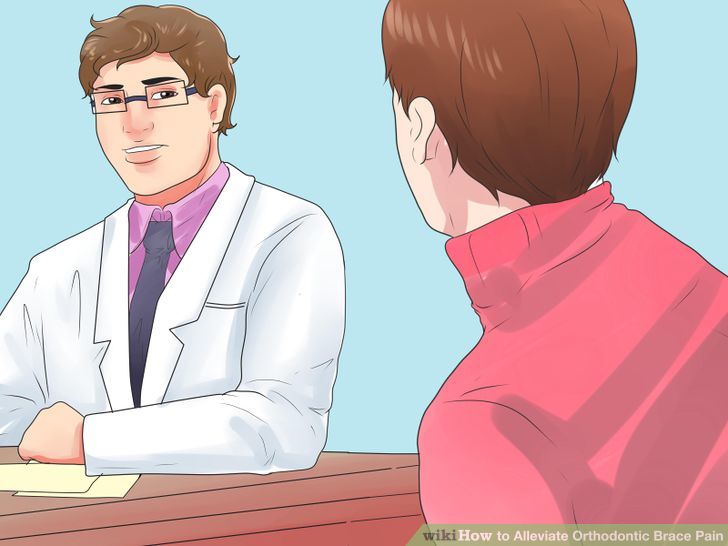Dental emergencies
TOOTHACHE
Toothache is usually the result of deep caries reaching the nerve of the tooth. When pain occurs only when chewing food, removing trapped food by brushing and flossing can help relief the pain. If pain persists you can take a painkiller (Depon, Ponstan, Algofren, Nurofen). To permanently stop pain and inhibit the progression of caries, the patient should see the dentist immediately.
Abscess & Swelling
When the toothache is combined with swelling or pus, occurs automatically without any stimulus and wakes the patient up during the night, you should immediately call our clinic. Swelling can pose a mortal risk as it can close the respiratory tract or spread to the brain and must be treated immediately!

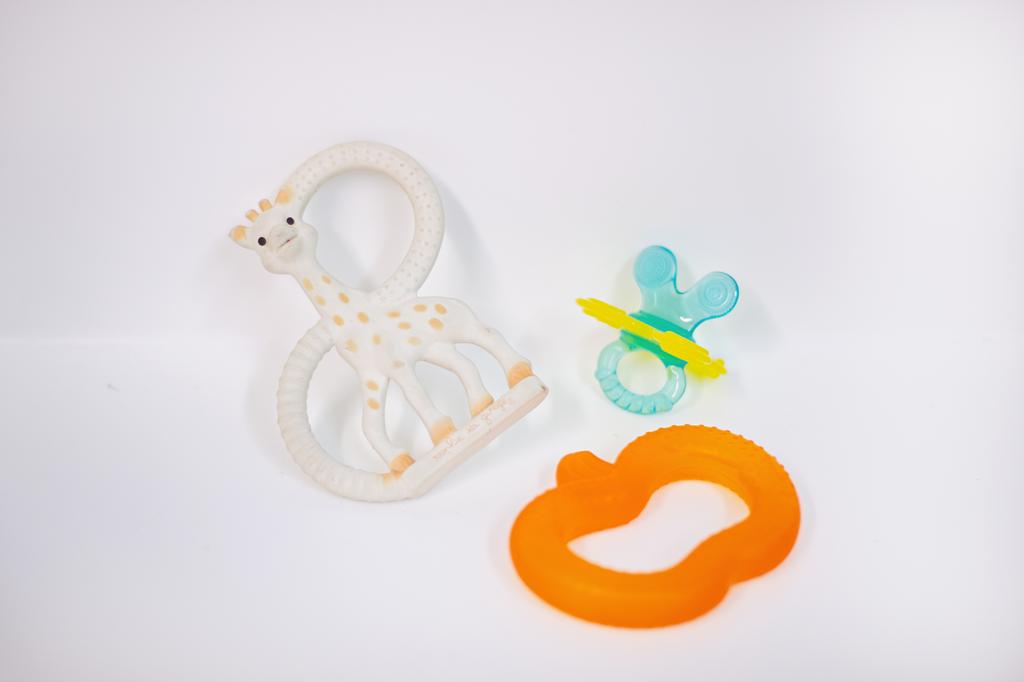
Teething pain
The first baby teeth usually appear between the 4th and 10th months of age and is usually completed by the age of 3 years. Usually children who are teething, have red and swollen gums, have more saliva, bite hard objects with their gums and can be restless. In rare cases they may experience diarrhea and/or fever although in these cases it is good to rule out the possibility of another infection. To relieve the baby, you can rub the irritated gums 2-3 times a day with an ice cube wrapped in gauze and give him to bite cold toys that are made for this purpose. If the pain is severe and the child is very irritated you can give him a painkiller (Depon, Algofren, Ponstan).
Gingiva or mouth pain
When the patient complains of pain in the gums that is usually combined with bleeding during brushing the patient may have gingivitis. In this case we should brush the teeth and gums more frequently in order to remove gum inflammation. The dentist can help by cleaning the plaque and the calculus. When the pain is localized inside the mouth it is usually due to ulcers, injuries or burns. In this case it will be good to see the dentist to get a final diagnosis. However, the ulcer usually takes up to 2 weeks to heal. In the meantime, the patient should avoid acidic, very hot and hard foods, and can use some pain relief creams/gels available in the pharmacy.
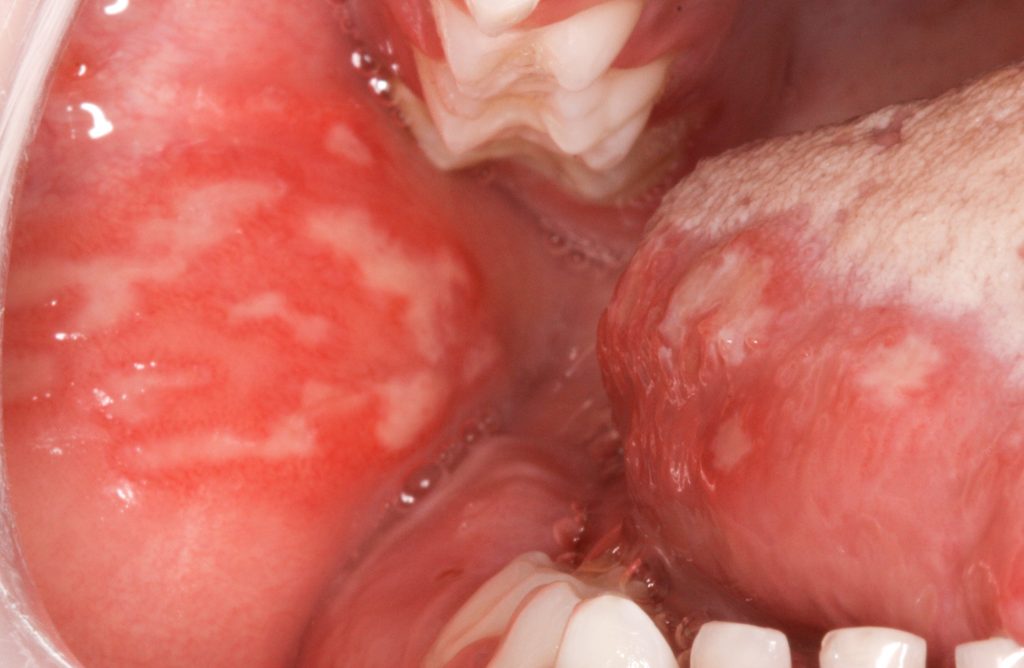

Soft tissue trauma
If there is bleeding, place a gauze and press for about 10 minutes. In case the tissue does not bleed but there is swelling or bruising place an ice pack.
Permanent tooth trauma
When permanent teeth are injured (patients over 7 years of age) we should initially calmly clean the tooth area with cold water and gauze. If the tooth is not in place, try to find it, rinse it gently and try to put it back in place immediately. If this is not possible, put it in a glass of fresh milk (NO WATER) and go to the dentist immediately. If the tooth is broken, find the piece if you can, put it in a glass of milk and bring it to the dentist. In any case it is important after a trauma to the permanent teeth to make an immediate assessment in order to be diagnosed, to give appropriate instructions and to define the monitoring protocol.
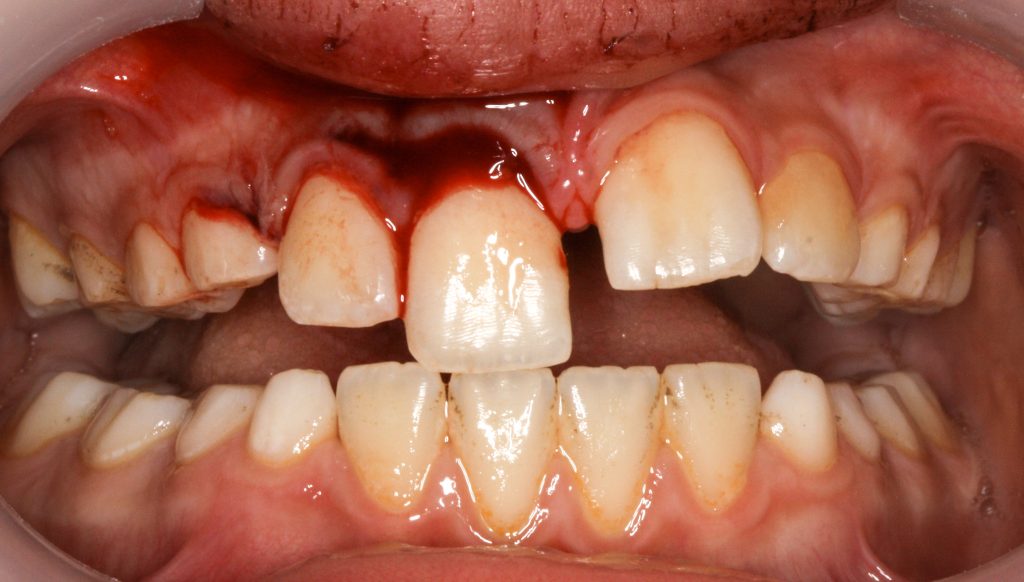
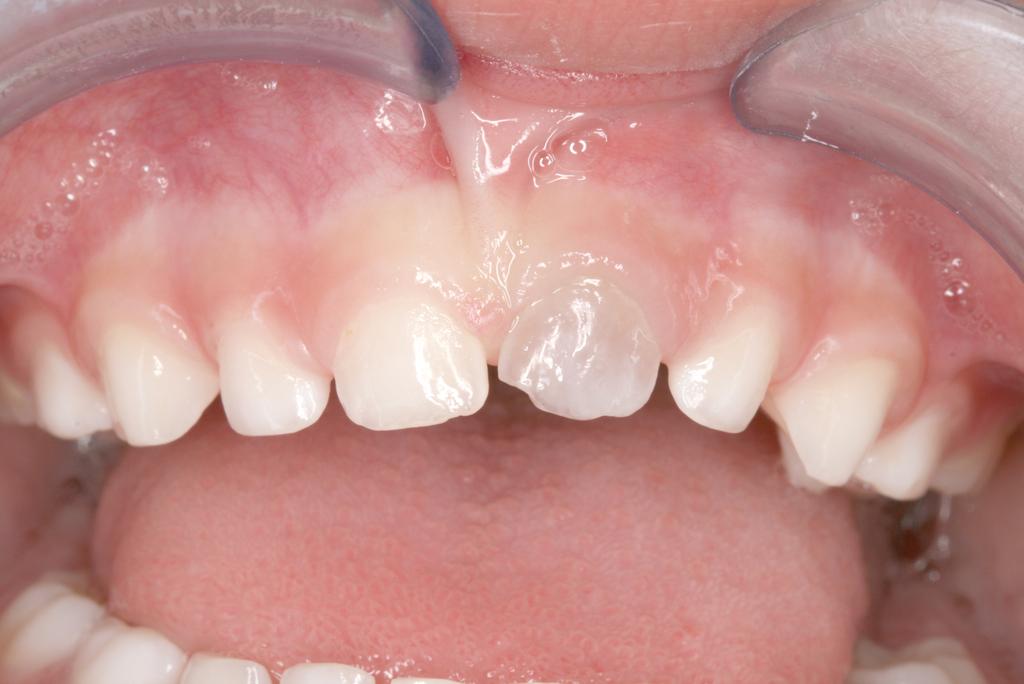
Baby tooth traumas
When one of the baby teeth is injured (children aged 0-6 years), initially we should calmly clean the area of the tooth with cold water and gauze. If the tooth is not in place, try to find it but DO NOT try to put it back in the mouth. This can damage the permanent tooth. In any case it is important after a trauma to have an immediate evaluation by the pediatric dentist, in order to make a diagnosis, to give appropriate instructions, and to define the monitoring protocol.
Complications after dental treatment
Lip bite
When local anesthesia is administrated for dental procedures, the area may remain numb for a few hours. Many times, especially children, unconsciously bite their lip while it is numb resulting in the creation of a blister or wound that gradually changes color from red to white/gray and is accompanied by pain. In this case, unfortunately there is no effective treatment and it takes about 2 weeks to heal.
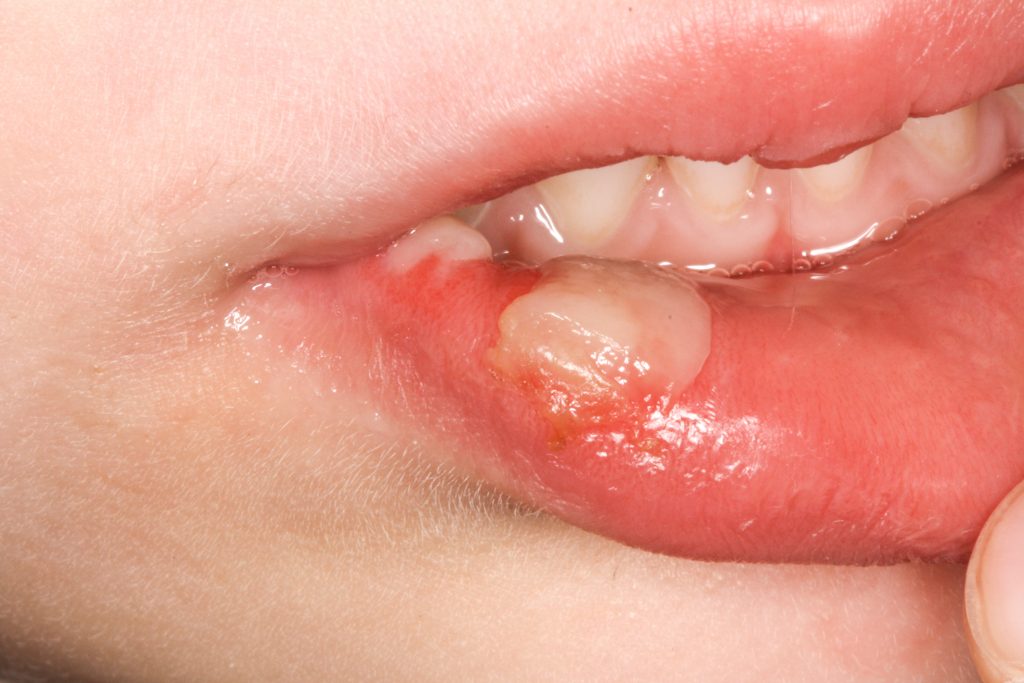
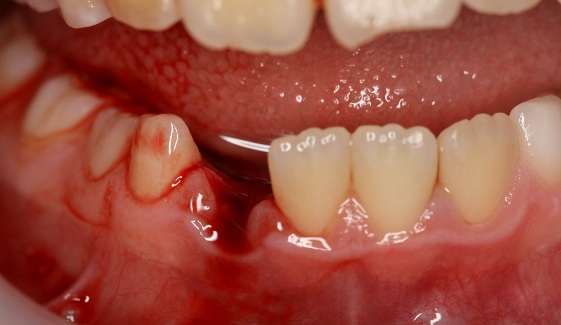
Bleeding after extraction
When a tooth is extracted it is normal to have mild bleeding that same day. If the extraction area bleeds you should apply pressure with a gauze for 20-30 minutes. If the bleeding is intense or continues for the next day, call the dentist.
Complications during orthodontic treatment
The following orthodontic emergencies and their treatment are reported in increasing order of severity. Most of them can be easily treated by the patient or his family. The most serious emergencies may require the immediate intervention of an orthodontist.
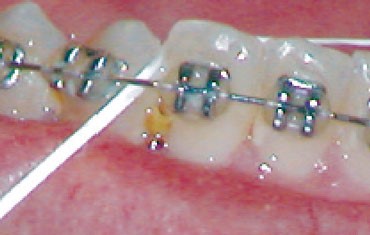
Food impaction
This is not essentially an emergency, but it can be annoying for the orthodontic patient. It is easily treated with good brushing or use of dental floss.
Ligature loss
Small elastic rings or thin metal wires hold the wire on the bracket. If the elastic ligature comes out, you can try to put it back in place with a tweezer. If the metal ligature breaks, simply remove it with a tweezer and call the office. If it is just pocking your cheek/lip, try to push it back with the back of a pencil. If it has injured your lip, you can place some orthodontic wax.
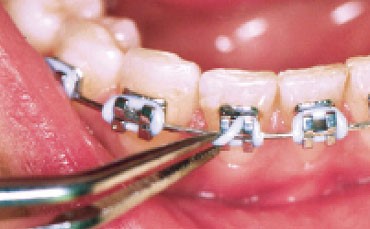
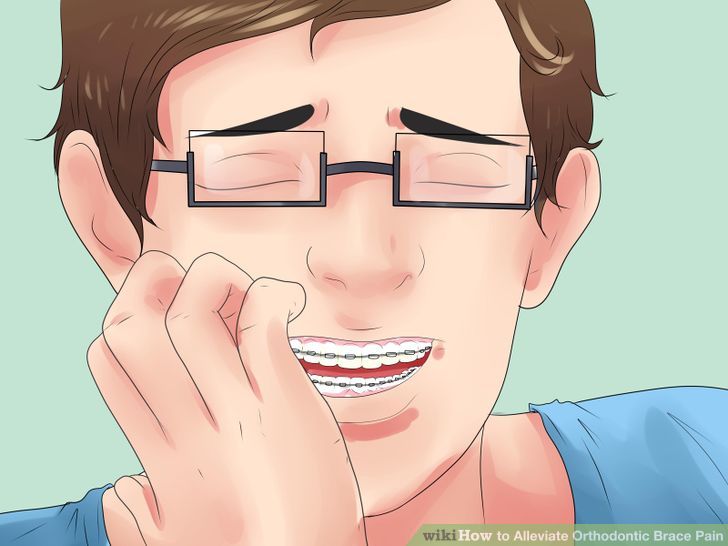
Discomfort
It is normal to feel discomfort for one or two days after adjusting the wire. Avoid hard foods and if the discomfort persists, take a painkiller (e.g. Depon, Panadol).
Soft tissue irritation
Sometimes braces, when first placed, can irritate your cheeks and lips. Take a small amount of orthodontic wax and create a pea-size ball and place it over the metal that causes the irritation. Don’t’ worry if you swallow the wax.
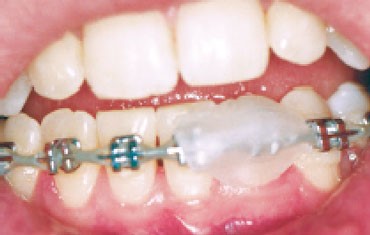

Ulcers
Some patients are predisposed to mouth ulcers (aphthous or herpes). Local injury from braces can cause or simply activate them, while other factors are involved, such as stress, lack of vitamin B12 etc. You can place some orthodontic wax on the metal part that is close to the ulcer as instructed above and use a soothing and healing gel (e.g. Hy & Al Intermed, Unisept, Aloclair, etc.), directly on the ulcer.
Poking wire
Occasionally, the end of a wire may protrude and irritate your mouth. If the wire cannot be moved to a comfortable position using the back of a pencil, cover it with a piece of wax and inform your orthodontist. As a last resort, you can cut the wire with a sharp cutter.
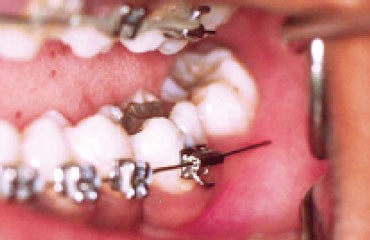
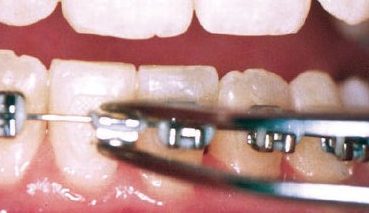
Loose brackets, wires or bands
Brackets can get loose if you eat/bite something hard. Always follow the dietary instructions and wear protective splints during sports. Call the orthodontist if something from your braces becomes loose.
Swallowing of orthodontic parts
This is a rare condition, but it is worrying for the patient. We encourage you to remain calm. It may just have been pushed into the stomach and will come out naturally. However, if you have problems breathing, call first aid immediately and notify your orthodontist.
